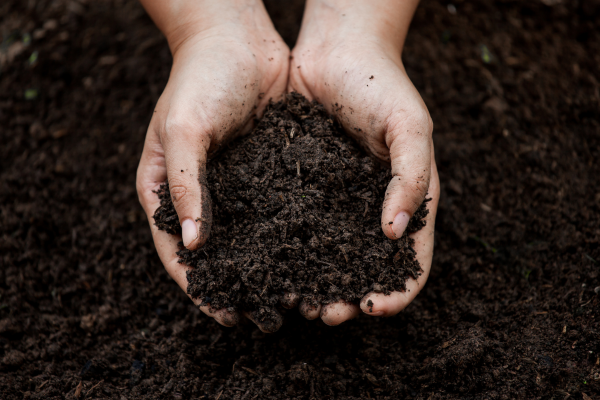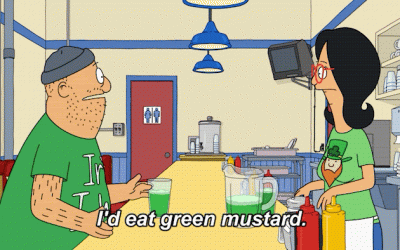SGN!
Some good news, or perhaps some surprising news.
As global temperatures have been on the rise, one might guess that soil moisture might be on the decline—but quite the contrary.
A recent study has found that between 2011 and 2020, soil across the continental U.S. was 57% wetter.
Make it make sense. A warmer atmosphere can hold more water vapor. When the atmosphere holds more water vapor it produces more precipitation.
This latest study from Harvard University illustrates that rainfall, not temperature, is the MVP in determining soil moisture changes.
CO2 fertilization helps. While warmer temperatures can dry soils out, CO2 fertilization has helped, as it encourages plants to become more efficient water users.
But this is secondary: precipitation is still the answer in the soil moisture equation.
Can we guarantee that soil moisture will continue to increase as temperatures rise?
Unfortunately it’s not that simple.
Soundbite: “With uncertainties in the interannual variability of rainfall and uncertainties in predictions of long-term rainfall, it’s virtually impossible to predict soil moisture in the coming decades.” — Harvard Professor Peter Huybers
Gene-ius at Work In Plant Study
Researchers in Texas A&M University’s AgriLife Research program are finding more ways to make...
CRISPR to Help You Eat Your Greens
CRISPR technology is here to stay—and it’s making a splash in produce. Pairwise is a food and ag...
A Wing and a Prayer: New Salmonella Rule Coming Through
USDA’s Food and Safety Inspection Service (FSIS) is trying to gobble up salmonella. Hatching a...




